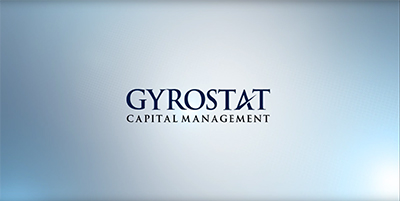The recent volatility of equity markets here and abroad has put new emphasis on the need for risk management of nest eggs.
Too often, retirees deny themselves effective risk management techniques because they believe stock options are risky. Options can be used to either hedge risk (not risky) or to speculate (can be risky). They are traded on the ASX and you place an order through a broker, just as investors do with shares.
Let’s consider the workings of the market through an example. You own shares and decide to pay a premium to buy a put option to lock in the sale price of your shares for the life of the option, no matter how low the share price may be. As the buyer of the option, a so called “protective put, that you have at risk is the put option premium you have paid.
Now consider the party who was on the other side of the transaction, the seller of the put option. They are exposed to potential losses in the event that the share price falls, as they’ve committed to buy the stock a pre‐defined level for the life of the option.
If the stock does fall, you need to know that the other party can “honor” the insurance contract. The ASX is liable for the settlement of these derivate contracts traded between its clearing participants, and is supported by collateral received from clearing participants.
The ASX Annual Report discloses that at 30 June 2014 total collateral lodged by clearing participants and recognised on the balance sheet was $ 3.3 billion. The seller of the put option, or insurance policy, is required at the close of business each day to lodge collateral to show they can “honor” the contract. If the share price falls that day, they are required to lodge additional collateral.
From time to time market participants sell options to speculate and receive premiums. When the market turns against them, typically on stock market falls, they are unable to meet the even increasing collateral requirements imposed by the ASX. If you can’t meet the daily collateral requirements, the ASX can remove the participant from the market and close their positions. They can go bankrupt. This should be viewed as evidence of the ASX ensuring that participants who use options for risk management will be have their contracts “honored” in the case of significant market falls.
Risk management is becoming increasingly important, not just because of the recent stock market volatility, but because an increasing number of baby boomers are nearing the end of the contributory phase of their retirement funds and thus losing the cover that fresh money provided.
The ASX offers investor education at their web site, including a specific section “Equity Options from SMSFs”.
As the chairman of ASX Limited, Rick Holliday, said in his most recent annual report, the new global regulatory environment creates opportunities, particularly in post‐trade and risk management services. The game has changed.
Craig Racine is Managing Director of Gyrostat Capital Management








